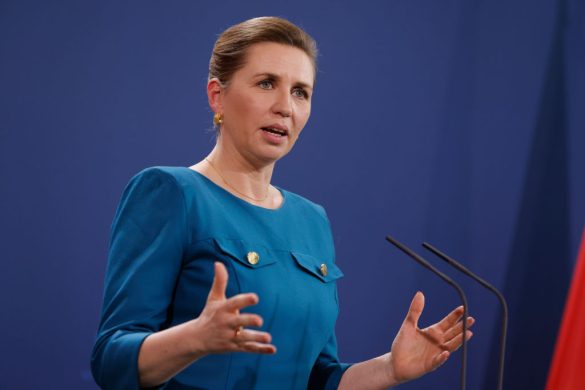Verdenssundheds Organisationen, WHO, præsenterede onsdag en webbaseret sundhedsguide, der giver regeringer og sundhedspersonale vejledning i, hvordan de kan redde fejlernærede børns liv.
COLOMBO, SRI LANKA, 10 August 2011: The WHO e-Library of Evidence for Nutrition Actions (eLENA), launched at the beginning of a three-day Asian regional meeting on nutrition in Colombo, Sri Lanka.
It is designed to help governments overcome one of the major challenges in fighting malnutrition – the vast, and often conflicting, array of evidence and advice that exists on effective, preventive and therapeutic nutrition interventions.
The online eLENA project will prioritize and present the latest advice on tackling the 3 main forms of malnutrition – undernutrition, vitamin and mineral deficiencies, and overweight and obesity.
“Several billion people are affected by one or more types of malnutrition,” said Ala Alwan, the WHO Assistant Director-General of Non Communicable Diseases and Mental Health.
“Countries need access to the science and evidence-informed guidance to reduce the needless death and suffering associated with malnutrition. eLENA can greatly improve how countries cope with the terrible health threats posed by malnutrition,” he said.
The material in the e-library describes the effective health interventions needed to tackle malnutrition. Such measures include the appropriate treatment of severe acute malnutrition; promoting breastfeeding; and fortifying staple foods with vitamins and minerals such as iron and folic acid for wheat and maize flours.
It also recommends using multiple micronutrient powders to fortify foods for children aged between six and 23 months. To prevent anaemia, daily iron and folic supplements are advised for pregnant women, and intermittent iron and folic acid supplementation is recommended for menstruating women and pre-school and school-age children.
“To create eLENA, we have sifted through thousands of pages of scientific evidence and advice to prioritize, justify and better present the kinds of nutrition actions needed to prevent people succumbing to the many forms of malnutrition,” said Francesco Branca, the WHO Director of Nutrition for Health and Development.
The tool is an important component of WHO’s global drive to help countries prevent and control malnutrition. The agency is a major promoter of the “Scaling up Nutrition” movement, which involves multiple UN agencies and other key entities in the nutrition field.
The various forms of malnutrition include being underweight, the leading risk factor for many diseases in low-income countries and which represents about 6 per cent of the global disease burden. Childhood underweight, micronutrient deficiencies and poor breastfeeding combined cause 7 per cent of deaths – 3.9 million fatalities – and 10 per cent of the global disease burden.
Micronutrient deficiencies include iodine deficiency – which is the world’s most prevalent, yet easily preventable – cause of brain damage, while anaemia, which affects 1.6 billion people, is mostly due to iron deficiency. It increases the risk of low-birth-weight and pregnancy anaemia, associated with 18 per cent of maternal deaths.
Vitamin A deficiency affects 190 million pre-school children across the world, while zinc deficiency, which can affect the immune system, kills 430,000 children annually.
An estimated 1.5 billion adults over age 20 are overweight or obese. Global estimates suggest that more than 40 million children under the age of five are already overweight or obese.














